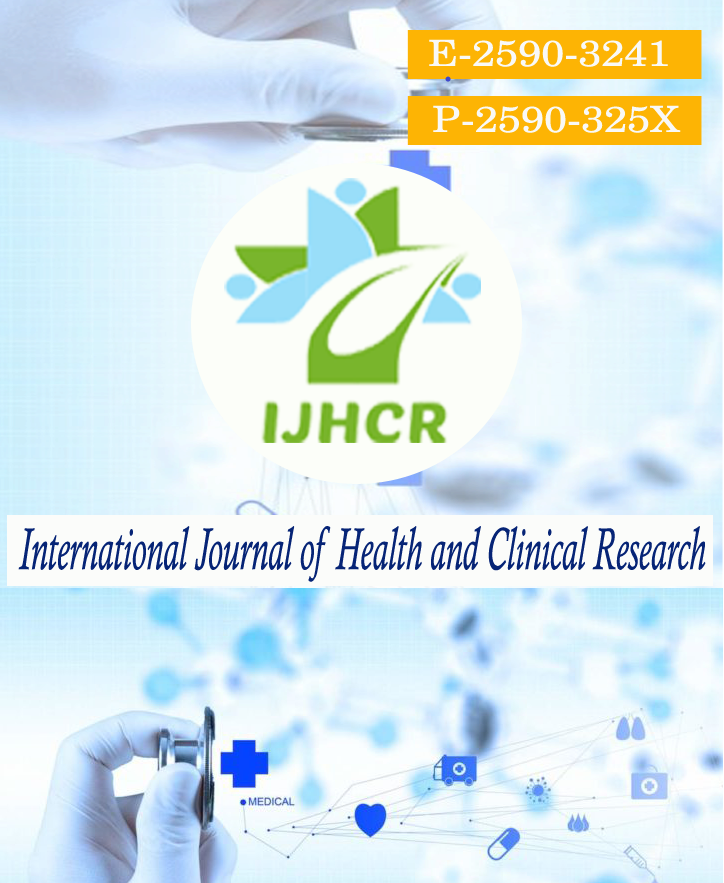Quality of life of patients after treatment of mandibular fractures with Intermaxillary Fixation (IMF): An Original Study
Keywords:
Quality of Life, Mandibular Fracture, IMFAbstract
Background: The restoration of mandibular morphology and physiology is the main objective of mandible fracture repair. IMF is an essential
process in the treatment of maxillofacial injuries because it restores correct occlusal interconnections, which is necessary for reduction of
mandibular fracture. Aim: To monitor quality of life of patients after treatment of mandibular fractures with Intermaxillary Fixation (IMF) by
Department of Dentistry of Government Medical College. Methods and Materials: The study involved 60 males and females who were
receiving treatment for mandibular fractures using IMF at Department of Dentistry of Government Medical College. The MMI test and the
GOHAI questionnaire were employed as research tools in this study. A total value score of 50 suggests a good quality of life, 51-56 shows a
decent quality of life, and 57-60 indicates a bad quality of life, according to GOHAI. Results: The difference in the quality of life among the
participants having solitary and multiple fractures was statistically significant with participants having single fractures experiencing good quality
of life. It was also observed after statistical analysis that the quality of life was significantly associated with the time elapsed since surgery. As the
time elapsed since surgery increased the quality of life improved. Conclusion: It was concluded according to the findings of the study that quality
of life is better in single mandibular fracture in comparison with multiple mandibular fractures. Moreover the quality of life is good when time
elapsed since surgery is longer.
Downloads
Published
How to Cite
Issue
Section
License
Copyright (c) 2022 Shivam Yadav, Sweta, Kumar Pushpanshu, Ritesh Vatsa, Mukesh Kumar, Shubham Kumar

This work is licensed under a Creative Commons Attribution 4.0 International License.






 All articles published in International Journal of Health and Clinical Research are licensed under a
All articles published in International Journal of Health and Clinical Research are licensed under a 